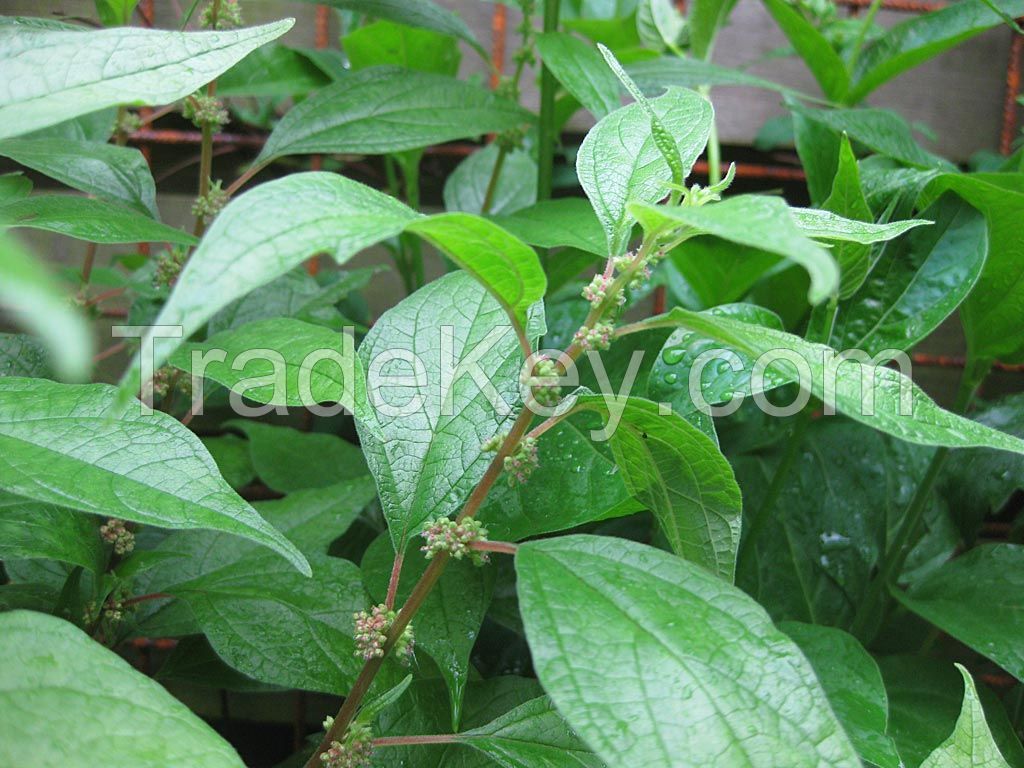

Precio FOB
Obtener el precio más reciente( Negotiable )
|- Minimum Order
País:
Morocco
N º de Modelo:
FFSS55141
Precio FOB:
( Negotiable ) Obtener el precio más reciente
Lugar de origen:
Morocco
Precio de pedido mínimo:
-
Cantidad de pedido mínimo:
-
Detalle de embalaje:
PP bag
El tiempo de entrega:
7 to 30 days depends on order
Capacidad de suministro:
-
Tipo de pago:
T/T, L/C
Grupo de productos :
-
Morocco
Persona de contacto Mr. Abdelmajid
Usine Km 10 Ourika Road- Marrakech B.P : 7034 - Sidi Abbad, Marrakech

| País: | Morocco |
| N º de Modelo: | FFSS55141 |
| Precio FOB: | ( Negotiable ) Obtener el precio más reciente |
| Lugar de origen: | Morocco |
| Precio de pedido mínimo: | - |
| Cantidad de pedido mínimo: | - |
| Detalle de embalaje: | PP bag |
| El tiempo de entrega: | 7 to 30 days depends on order |
| Capacidad de suministro: | - |
| Tipo de pago: | T/T, L/C |
| Grupo de productos : | - |